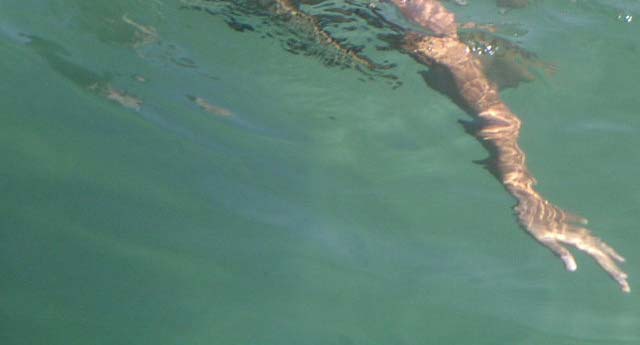Holding in each hand an orange citron and a pork kidney

(Brimstone fires spring up. Dense clouds roll past. Heavy Gatling guns boom. Pandemonium. Troops deploy. Gallop of hoofs. Artillery. Hoarse commands. Bells clang. Backers shout. Drunkards bawl. Whores screech. Foghorns hoot. Cries of valour. Shrieks of dying. Pikes clash on cuirasses. Thieves rob the slain. Birds of prey, winging from the sea, rising from marsh lands, swooping from eyries, hover screaming, gannets, connorants, vultures, goshawks, climbing woodcocks, peregrines, merlin, blackgrouse, sea eagles, gulls, albatrosses, barnacle geese. The midnight sun is darkened. The earth trembles. The dead of Dublin from Prospect and Mount Jerome in white sheepskin overcoats and black goat-fell cloaks arise and appear to many. A chasm opens with a noiseless yawn. Tom Rochford, winner in athletes singlet and breeches, arrives at the head of the national hurdle handicap and leaps into the void. He is followed by a race of runners and leapers. In wild attitudes they spring from the brink. Their bodies plunge. Factory lasses with fancy clothes toss redhot Yorkshire baraabombs. Society ladies lift their skirts above their heads to protect themselves. laughing witches in red cutty sarks ride through the air on broomsticks. Quakerlyster plasters blisters. It rains dragon’s teeth. Armed heroes spring up from furrows. They exchange in amity the pass of knights of the red cross and fight duels with cavalry sabres: Wolfe Tone against Henry Grattan, Smith O’Brien against Daniel O’Connell, Michael Davitt against Isaac Butt, Justin M’Carthy against Parnell, Arthur Griffith against John Redmond John O’Leary against liar O’Johnny, lord Edward Fitzgerald against lord Gerald Fitzedward, The O’Donoghue of the Glens against The Glens of The Donoghue. On an eminence, the centre of the earth, rises the field altar of Saint Barbara. Black candles rise from its gospel and epistle horns. From the high barbicans of the tower two shafts of light fall on the smokepalled altarstone. On the altarstone Mrs Mina Purefoy, goddess of unreason, lies naked, fettered, a chalice resting on her swollen belly. Father Malachi O’Flynn, in a long petticoat and reversed chasuble, his two left feet back to the front, celebrates camp mash. The Reverend Mr Hugh C. Haines love MA. in a plain cassock and mortar board, his head and collar back to the front, holds over the celebrants head an open umbrella.)
























